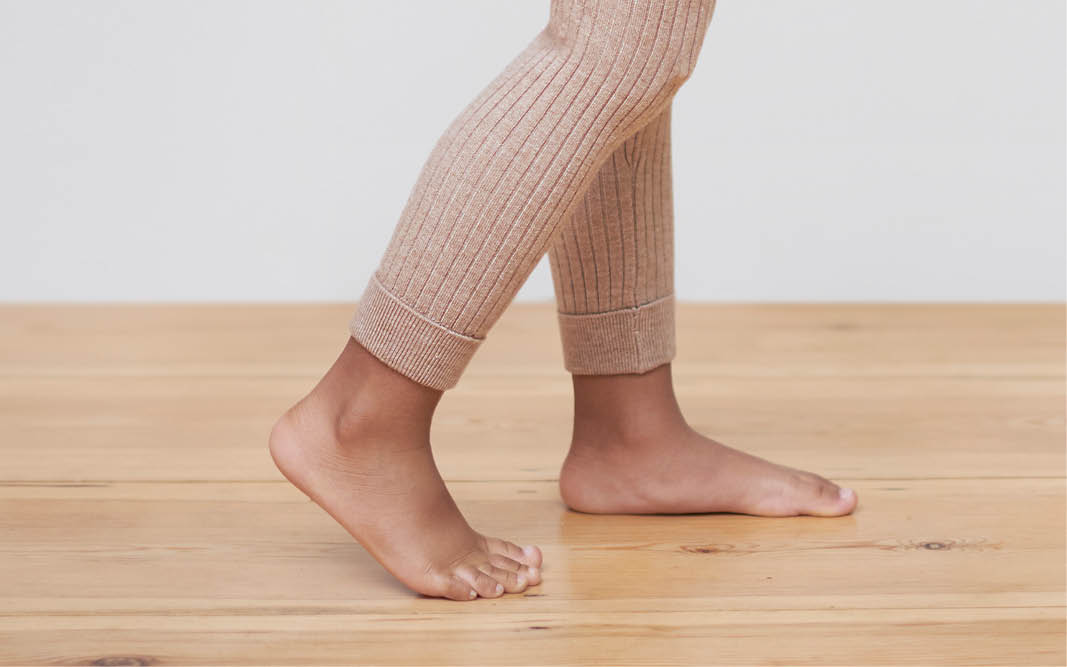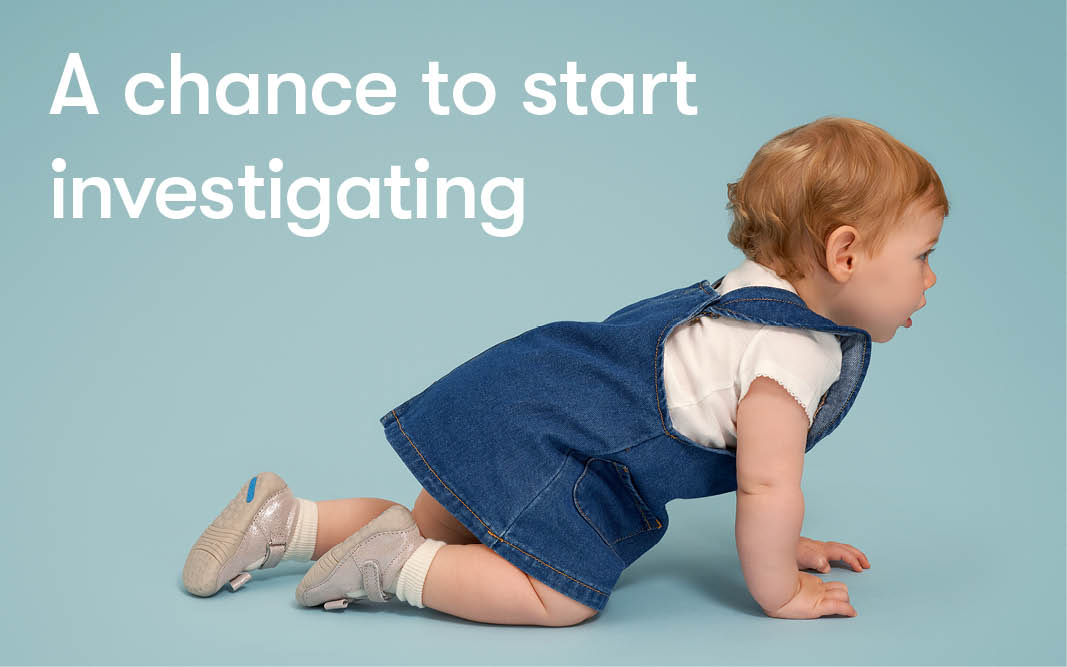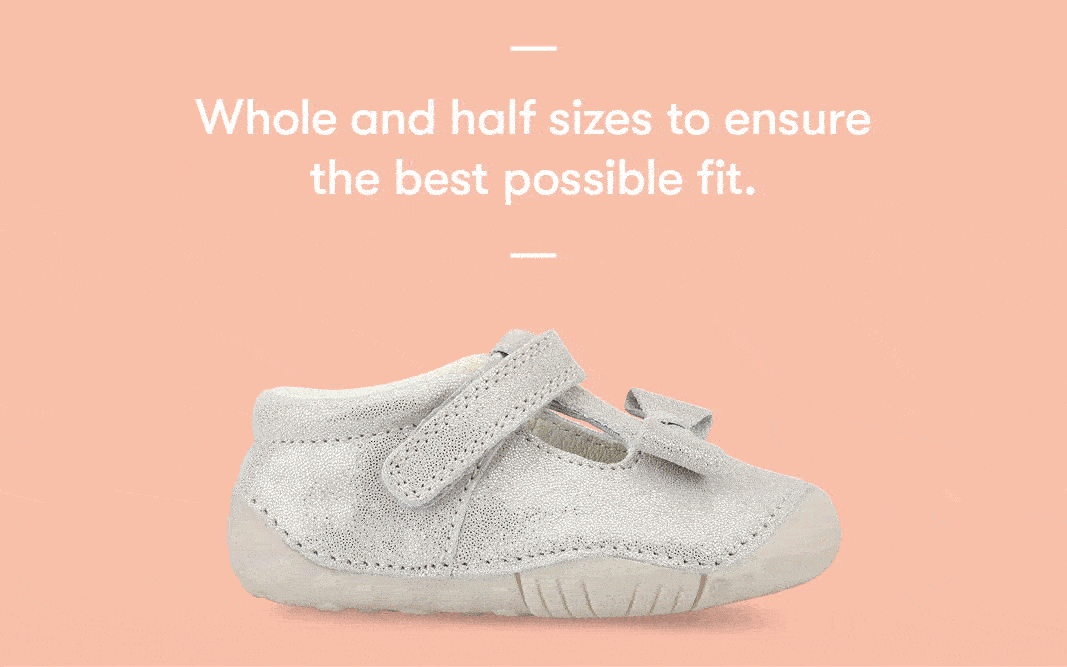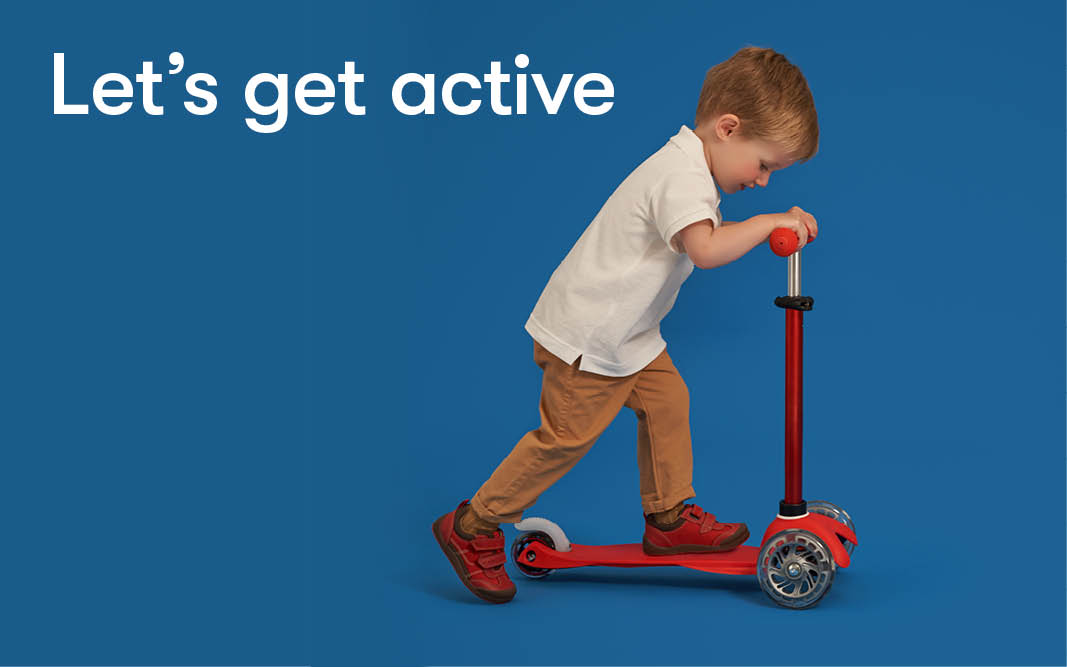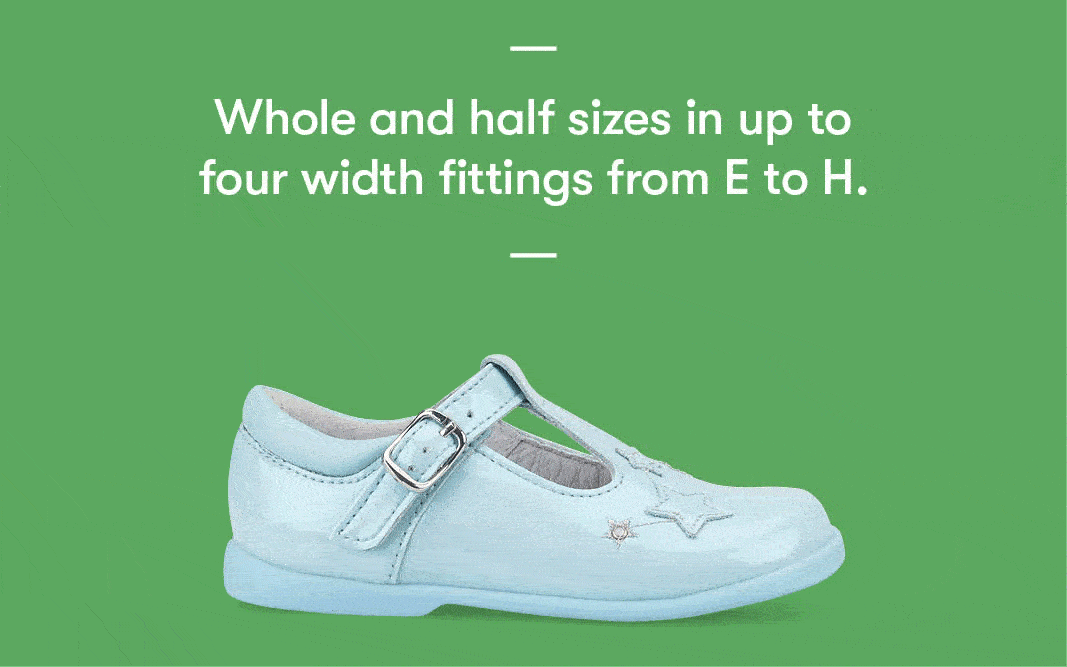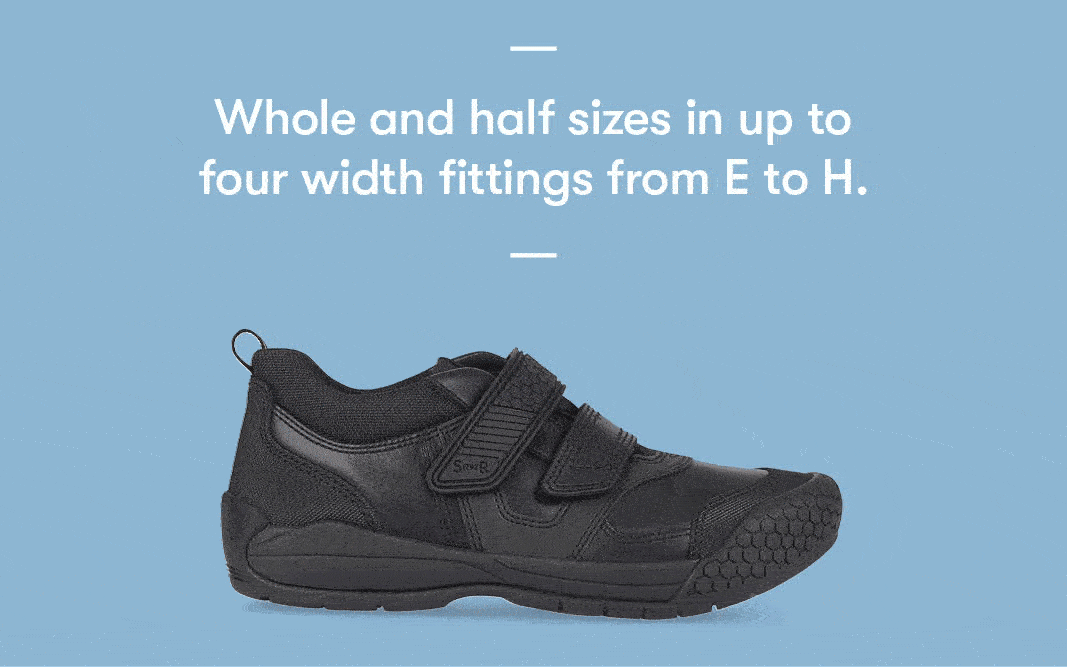How can you keep your children's feet healthy?
The human foot is a biological masterpiece. It is complex, containing lots of bones, ligaments and tendons. Did you know that foot problems are among the most common things that cause us pain and discomfort? That's why the right shoes - and the correct shoe fit - are so important for healthy feet.
Studies carried out in the UK show that at least three-quarters of the population experiences foot problems of some degree of seriousness at some time in their lives; therefore, it is easy to see why keeping your children's feet healthy for life is so very important.
Shoes play an important factor when it comes to our feet. Research has shown that most forefoot problems are not simply inherited, but actually develop in response to wearing poorly styled shoes.

